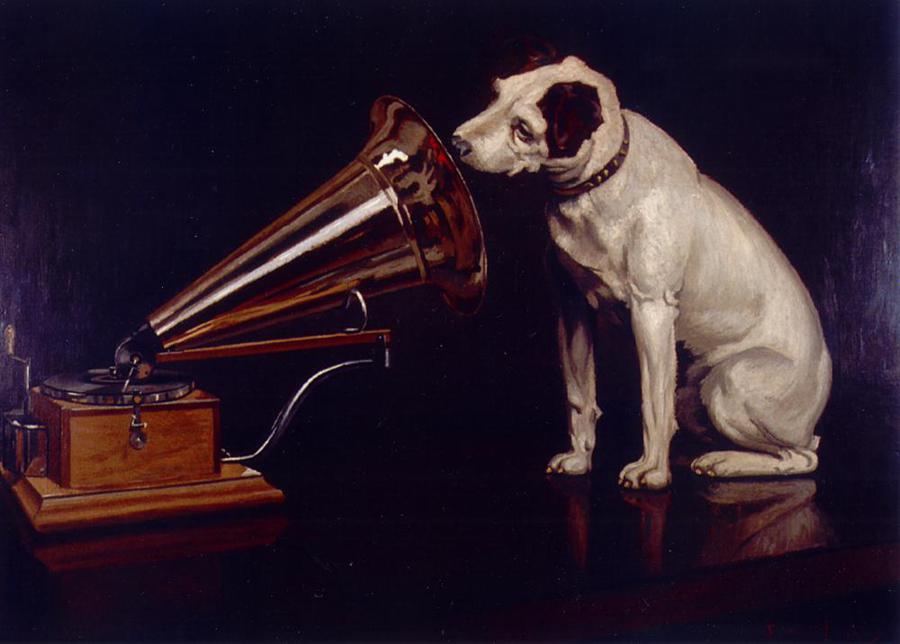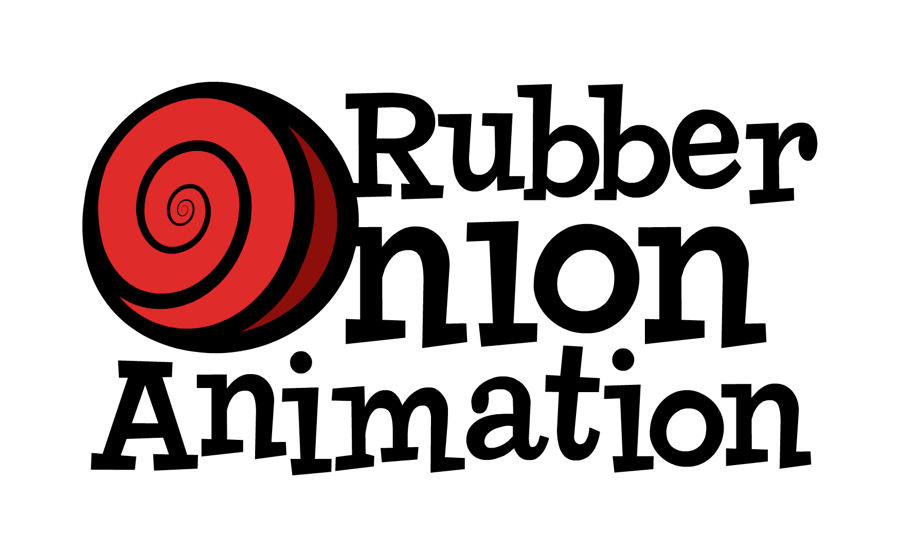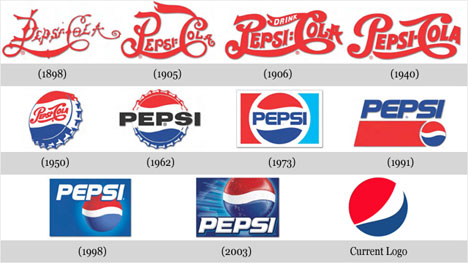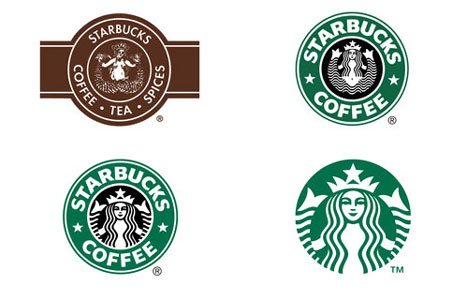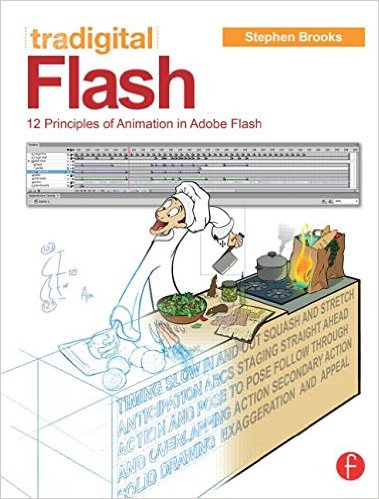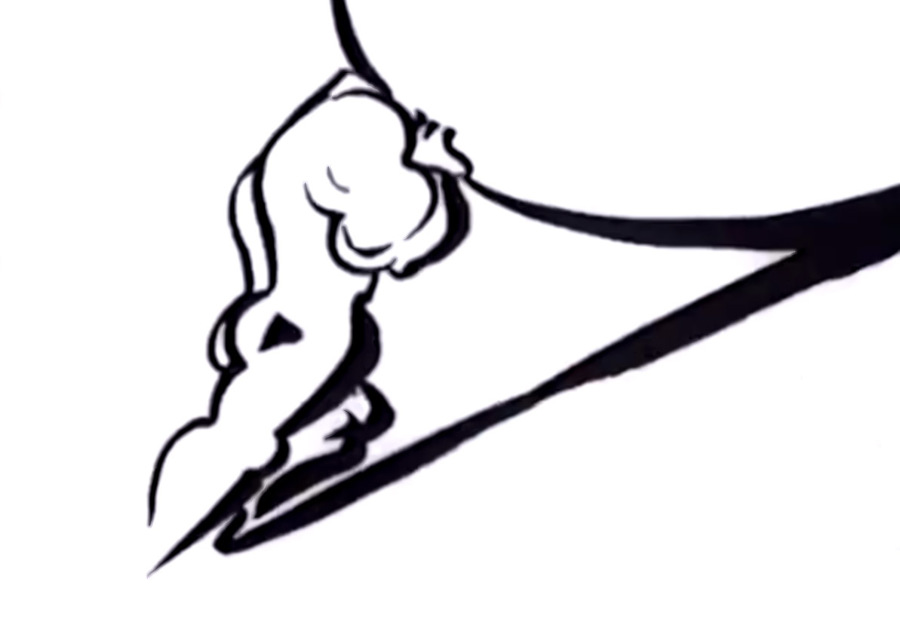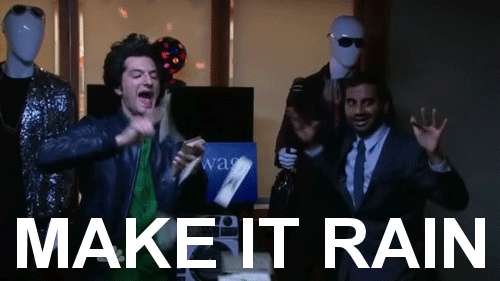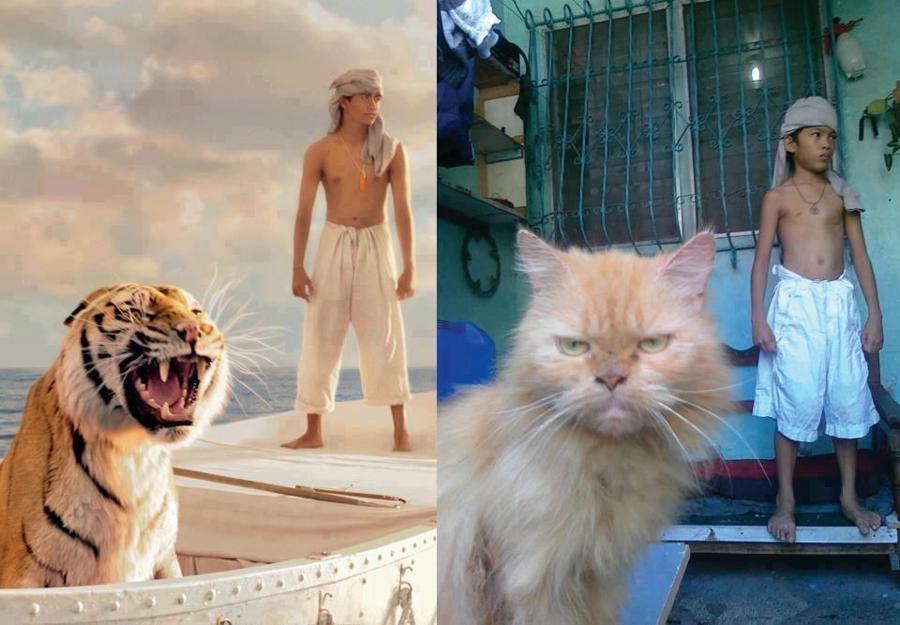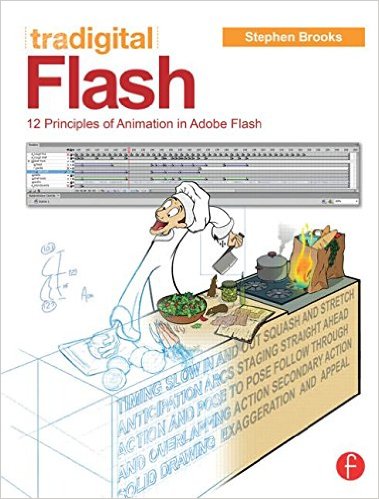![]()
>>CHECK OUT THE ORIGINAL POST ON MY WEBSITE<<
New Years’ Resolutions are not limited to the gym membership that will never be used or the guitar you were going to learn how to play that one time… sometimes they’re about the career you’ve been wanting to build. While working remotely has become increasingly common due to the prevalence of the internet and cloud based products for businesses, entering the world of Freelance has never been more accessible.
But because of the relative ease of “trying it out,” a lot of people start with a flash and never make it more than a glorified hobby. I’ve made being a Freelance Animator my full-time job since 2006; and on this 10-year anniversary I’ve decided to pass on what I’ve learned about making a real living out of freelancing.
This topic was part of the full 2 hour long episode #107 of the RubberOnion Animation Podcast which you can listen to and comment on RIGHT HERE on Newgrounds!
Or via SoundCloud if you prefer…
This will be a 4-part series, wherein each part constitutes one year… like college. The reason a lot of resolutions don’t end up working out is because there are just too many of them… so nothing get the attention it needs. Focusing on one main goal per year assures that you can make real progress, and as you progress to the next year you’re less likely to lose what you’ve built in the year before.
This weeks is about your FIRST YEAR FREELANCING and the topic is “WHAT TO EXPECT.” We’re going to go over:
- How hard is this going to be?
- Salary, the hard math
- Building a portfolio and client list
- How to pitch someone for an animation job
- How to quote a budget for animation
If you would like to get this 4-part series as an ebook, you can either sign up for the RubberOnion Newsletter or pledge any amount to my Patreon page (the ebook will be available in the beginning of February after the series has posted).
The last thing I want to say before we get going into the series, even though it might seem self-defeating, is that there isn’t any single tutorial that will tell you exactly how to achieve success because so much of it depends on your own personal will and the uncontrollable factor of timing. So we’re going to be focusing on the general goals and tips that can work across the board so you can get out there and do this thing! Here we go…
1>>> HOW HARD IS THIS GOING TO BE?
![]()
The quick and dirty answer is: somewhere between pretty to really hard.
This is the first topic I’m discussing because it’s the one everyone wrestles with when deciding whether or not they should really try this freelancing thing. Think about any long term project, job, research, etc and usually part of the reason someone was able to go through all those sleepless nights and work the way they did was precisely because they didn’t know exactly what lay ahead of them. This is the same idea.
You want to be prepared, but if you think too much about it… well… it might just scare you away from trying. So let’s focus on something slightly different for a moment.
WHY DO YOU WANT TO GO FREELANCE?
People trying to get back into shape will stick a picture of their former figure on the mirror to remind themselves every day what they’re working toward. It’s not just about visualization but also a constant check against progress – that the path they’re currently on is the right one. So what do you want? Here are some common reasons to go Freelance…
- Financial independence
- Freedom to make your own schedule
- Flexible work environment
- Control over your career path
- Almost limitless income potential
Whatever the reason is, or even your reason for having that reason, hold onto it! It’s important to remind yourself from time to time why you’re doing this because you’re going to run into a lot of roadblocks. Namely…
- Income instability
- More complicated taxes
- The need to find work
- You have no provided benefits (like 401k, dental insurance, etc)
- Your work/life separation becomes complicated
Like I said, it’s going to difficult. Unless you already have a list of industry contacts and a body of work to show before you make the jump into freelancing, you’re going to have to build everything from the ground up… and that’s the kind of jump into Freelance that we’re talking about here. So first, let’s talk money.
2 >>> SALARY: The Hard Math
![]()
The first thing to mention about Freelance is that you’re going to have to make more money than at a studio (salary) job… or at least it’ll seem that way. Play along with this little math game with me. First, figure out how much your monthly expenses are (the easiest way is to look at your monthly credit card and bank statements for the last 6 months to see how much you spend).
STEP 1: For easy math, let’s say that between rent, utilities, food, car insurance, travel, miscellaneous expenses, etc you spend $2000 a month. This will be called X. It’s the amount that you need to make per month as a freelancer. Watch it grow!
X = $2000
STEP 2: When you work at an office, they take your taxes out for you… so what you actually take home on your biweekly paycheck is your “after taxes” (or net) salary and not your “before taxes” (or gross) salary – which is what you’ll have in freelancing most of the time. I’m not going to go into the crazy math that’s needed for this part but just know that with all the tax deduction opportunities for freelancers (like if you buy a computer, you can deduct that amount from your taxable income) but you can usually get your effective tax rate down to about 15% in the United States. So we need to add an amount onto your $2000 needed “after taxes” number in order to get what you’ll need to make “before taxes” as a freelancer. This is pretty complicated math but you need to make $2353 in order to have $2000 leftover after 15% is taken out for taxes.
X = $2353
STEP 3: If you had health insurance through your job, you need to add that monthly amount onto this new number as well. So let’s say your monthly health insurance premiums are $200… add that to the previous amount and the new per month number is:
X = $2653
STEP 4: The last thing you absolutely have to recognize is that you’re not always going to have work. At your studio job, you would know what days you were working and how much you were going to make. In freelance, you have to get the jobs and bill the clients yourself (or have a representative do it for you) and when you first start out, there’s very little chance you’re going to have enough work to cover all months.
So you need to make more money on the months you’re active to be a buffer that will carry you through the months you’re not working. This is a guessing game mostly but I usually tell people to aim for 50% more which means that you’re planning on not having paying work for 1/3rd of the year. So your new number is 50% of step 3 added onto itself making it…
X = $3980
DAILY RATE = MONTHLY EXPENSES / # WORKDAYS PER MONTH:
In 2016, there’s an average of 22 work days per month (M-F not including holidays) which means that in order to make $3980 a month you need to make about $180 a workday.
My goal is not to frighten you from getting into freelance, it’s to let you see how much your monthly expenses vs income math changes when you do. That’s part of the deal, you’re giving up financial security in order to have more flexibility, freedom and potential. But in order to capitalize on that potential, you need to work at it… hard. And to do that, you need work. Onto the next section!
3 >>> BUILDING A PORTFOLIO & CLIENT LIST
Here’s something that might get me in some hot water with the freelancing community… when you’re starting out, you need to take just about any job you can get.
That means you’re going to have jobs that are for a completely unreasonable amount of money in a ridiculous time-frame. The tough truth is that if you’re not able to deliver on those realistic expectations it punishes the client… and if you are, you just learned that you’re way better than you might’ve realized which means on the next job you can charge more (closer to what you’re worth).
Works out pretty well actually. You get some content for your reel and another client to add to the list, which means that other clients will be more comfortable to hire you because you’re not unpracticed.
It’s easy for those of us who’ve “made it” to tell newer freelancers to charge more and don’t settle for less than your worth but almost all freelancers have… because when push-comes-to-shove you need work. And getting five $500 jobs that you have to finish through many sleepless nights in a month will pay the bills while waiting for one that pays $1500 won’t. Experience is how you get better at just about anything and it works in business as well.
![]()
The 3 Types of Clients You’ll Encounter:
I breakdown clients you get through the years into poker chips (Old West colors, to be exact).
-
White Chip ($xxx): These are mostly like your friends, family, and friends of friends or family friends… you get the point. If you’re starting off with a nonexistent client list, your network is very limited. They’re 3-digit jobs mostly, meaning you’ll get $100 here and $200 there. These people have rarely hired someone for work and even less so for animation and are very nervous about the purchase. You have to show them you’re excited, get the job done quickly, listen to their feedback, and be sure to limit the amount of changes so you can move onto the next job.
-
Red Chip ($x,xxx): You’ll get Red Chip Clients through networking hard. Use the reel you built up in the first few months to get as much new work as you can and hustle. These guys pay 4-digits so you’re looking at one job paying your month’s expenses if your lucky. You’re still in the work as fast as you can phase but you can rest the hustle a little bit and focus more on quality when the right job comes up to really spice up your new reel.
-
Blue Chip ($xx,xxx): You only get this type of client from high-end referrals really. They’re name-brand clients and once you get your first 5-digit job it feels really good… you made it! Don’t rest on your laurels too much though because while they can cover many months expenses, by the time you get here your expenses might have gone up. Treat these clients well and they’ll do the same for you… but don’t be naive because the business world punishes that.
![]()
Places to Look for Freelance Animation Work Early On:
-
Craigslist (yes, really). OK, fair enough, there’s some really scummy people on here – but your early freelancing hustle means you need to contact a LOT of people in order to get work and there’s a lot of people on craigslist looking for cheap animation. Just find the ones not so cheap and scammy and keep your head clear (see below for how to pitch and quote)
-
Forums and Animation Facebook Groups: a lot of animators hire others to help them out when a big project comes in… it’s how I started my virtual studio. When that time comes, many will turn to a forum or facebook group they’re a part of. Working with another animator can be very rewarding because they might show you techniques & workflows you didn’t know and they also know how to explain what they need as the end product… they know the lingo.
-
Freelance websites like Wooshi, iFreelance, elance, can be a bit hit and miss. I wouldn’t ever pay to be listed on one of these sites because in my experience, the client lists is very similar to what you’ll find on craigslist. But you need to spread the message far and wide that you’re ready for work and these are a good resource if free.
4 >>> HOW TO PITCH for animation jobs
![]()
Pitching is basically just contacting someone looking for work and telling them why you’re the best one for the job. Mostly this will be through email so you want your first impression to give the needed information without overloading them into not even bothering to read it. Here’s some tips:
- Tell them who you are, where you’re from (if it’s relevant), and what you do.
“My name is xxxxxxxxxx and I’m a freelance animator specializing in hand-drawn character animation.”
- Explain where you saw their call for work and convey excitement about a specific part of the job
“I saw your post on the facebook group xxxxxxxxxx looking for someone to come aboard your music video project. I checked out the band in the link and I think this gig would be right up my alley and would really like to be a part of it!”
- Send a link to your website (which should have your reel on the homepage) and one relevant video
“My online portfolio is located at xxxxxxxxxx.com and I’m also linking a music video I animated for xxxxxxxxxx which might be relevant.”
- Request a follow up email and let them know you’re available for an alternative means of contact
“I would love to hear more about the project and talk specifics if you’re available for a Skype chat. My name is xxxxxxxxxx. Looking forward to speaking with you!”
That will get your foot in the door and will get you a message back at least some of the time early on, after that it’s up to you to close the deal. That’s where the second part of this comes in — quoting a budget.
NOTE: The ebook will have more information on things like contracts and methods of payment, but I don’t want to leave you hanging so the quick info is that emails can work as contract in certain situations and getting paid through PayPal for small jobs and Bank Transfer for big jobs is usually the best practice today. To get the more detailed ebook on how to start your freelance business when it comes out next month, sign up for the Newsletter in the month of January 2016 or become a Patron on my Patreon page at any time!
5 >>> HOW TO QUOTE A BUDGET for animation
![]()
The first thing you need to do is get information about the project. Not only does it help you actually make an educated guess at an appropriate budget, but it also serves to put your client’s mind at ease that you actually know what you’re doing (you do, don’t you?… don’t answer that). Here are some things to ask:
- How many minutes/seconds is the animation
- What is the general content of the action (is it a fight scene or two people talking on a bench… that kind of thing)
- Number of characters you have to animate
- Is there a particular style they want to mimic
- Where do your duties take over (are you provided audio, designs, storyboards, etc?)
With that information, you want to ask “what kind of budget were you thinking for this project?” Mid-level clients seem very hesitant to answer that question… probably because they want to get as much work out of you for as little money as possible (and why wouldn’t they, really) so they don’t want to risk saying a number higher than what you would. That puts the pressure on you. But really… there’s no pressure… here’s why.
You are quoting how much money it would take to complete what they’re describing, in the style they were imagining, in the timeframe they want. The bottom line is that if the number you say is too high for them, you ask the question again… what were they hoping to spend. When they tell you that number you can tell them what you can do for that amount, be truthful, and tell them the ways you can make that happen. They see that they’re getting a good deal and everything is on the table.
Here’s how you calculate a $$ amount:
Think about how many days it would take you to complete the project… then double it. So if you think it’ll take you about 10 workdays, figure on it actually taking you 20. That’s one month.
The reason you do that is not to get more money out of them, because you’re not even thinking about money right now… what you’re thinking about is time. They are going to have changes. There are going to be communication issues. There are going to be a thousand things that you’re not able to account for which will come up in your freelancing career that affect not just your ability to complete the project you’re working on but also take on further projects in the meantime.
In our example here, you’ve figured on a perfect workflow finishing in 10 days. You doubled it to account for errors and figure on 20 days. You figured out your daily rate above ($180 per workday) so you multiply that with the number of days and you get $3600 for the whole project.
From there, you can negotiate all the way down to $1800 (still within the “Red Chip” category) if need be.
Should I go below my quote amount?
That is completely up to you, but there are many times that I have. I don’t agree with the idea that it weakens your position as a professional… on the contrary, I think it reaffirms that you’re in complete control over what projects you take and why.
I will go below a quote for personal reasons like I believe in a project (nonprofit organization) or practical reasons like it’s been a slow month and I need some quick income to offset the loss.
It’s up to you how you make these decisions but if you don’t always need to make high-art, you can compromise however you damn-well please… you’re the boss. Just make sure you’re doing it for your own reasons and not being bullied into it.
There is nothing more satisfying than saying “no” to an unreasonable potential client. You just averted disaster. You’re like the bouncer at your own club… that client was drinking to much and had to go.
Year One, final words…
The first year, you just need to get work… and a lot of it. There will be much more detailed information in the ebook released at the end of the month so be sure to sign up for the newsletter and/or pledge to my Patreon to get it!
If you’re young and energetic I don’t think you’ll have a problem. If you’re a bit older, you’ve probably had the opportunity to get a good list of referrals and references before jumping into freelancing so in that case you’ll be fine. It’s all about leveraging your energy to work and the quality of work you have coming in.
Lower quality jobs means you’ll have to do a lot more of them, which means you need the energy to go through that phase.
Higher quality jobs means that you’ll be able to focus more on the quality of the animation therein, which propagates into getting better work from that in your reel.
Listen to this week’s podcast for a chat about this topic and make sure you check out next Monday’s blog post on the second year in freelancing which is all on growing your brand!
![]()
I have an animation tutorial book coming out in June through the respected art book publisher Focal Press, it’s available for pre-order now and is fully updated for the new Adobe Animate CC release! Click the image to check out the Amazon page if you like this and other blog posts and the way I explain things
TL;DR Get as much work as you can. The whole goal for this year is to get as many clients as possible while staying afloat financially and getting a lot of content for your animation reel. Next year, you’ll use this to leverage yourself into a brand and grow.
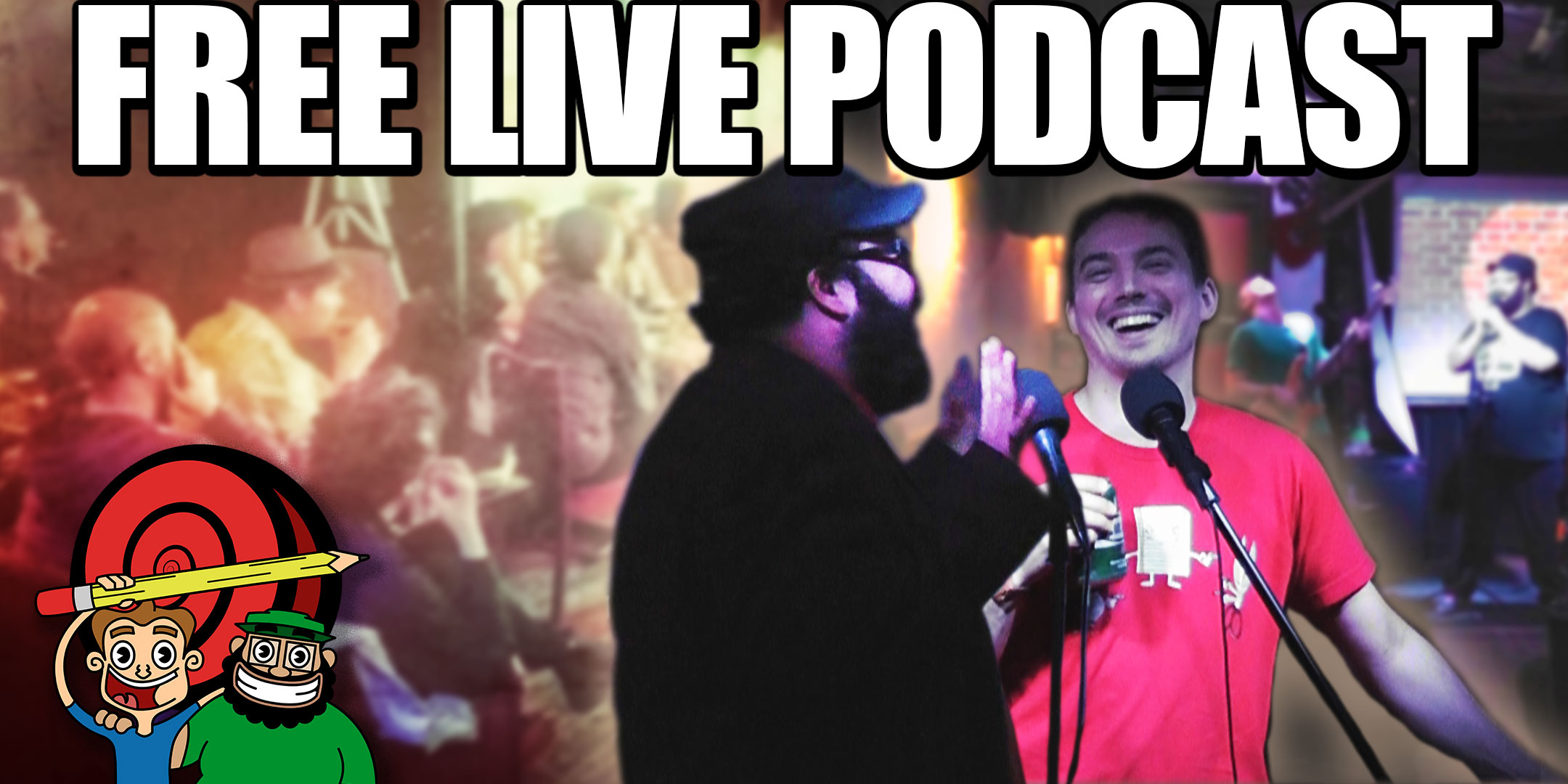

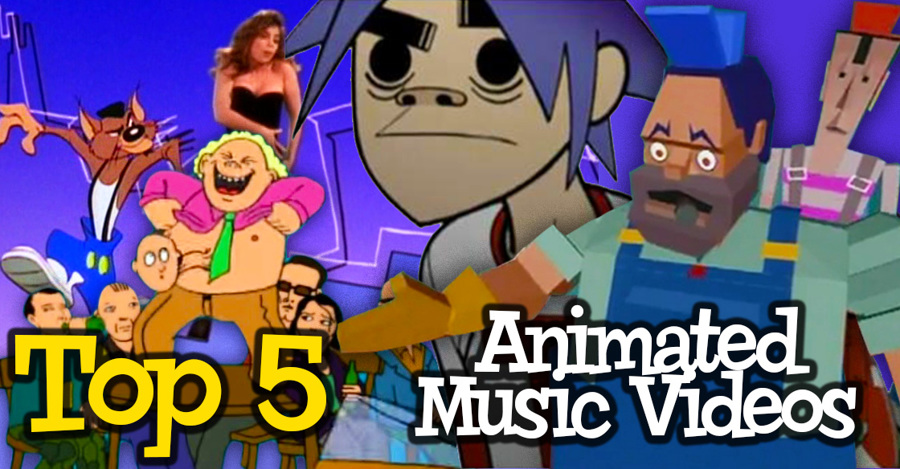
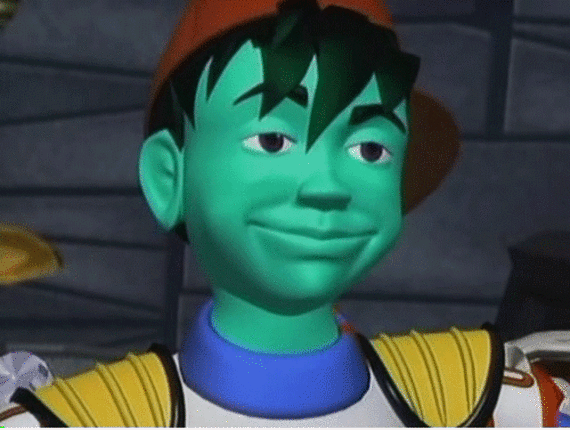
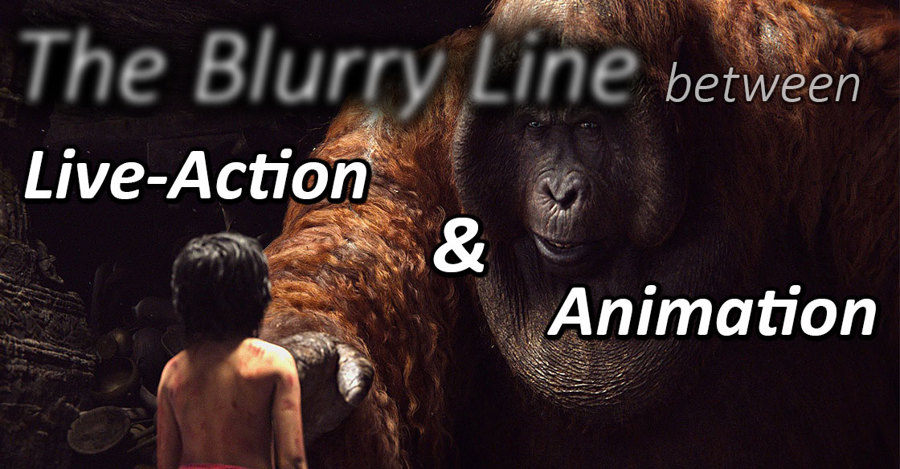

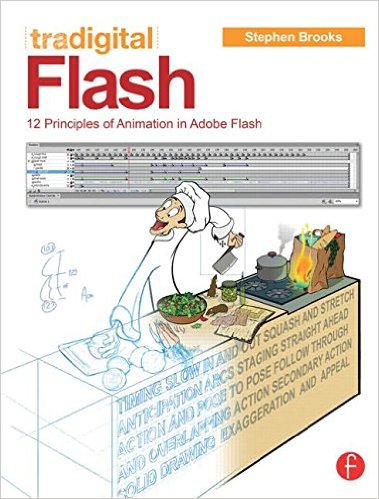
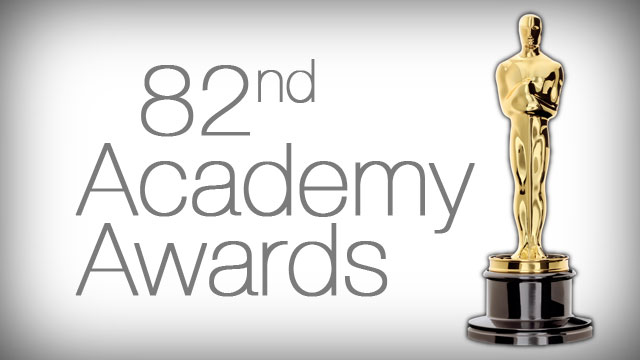
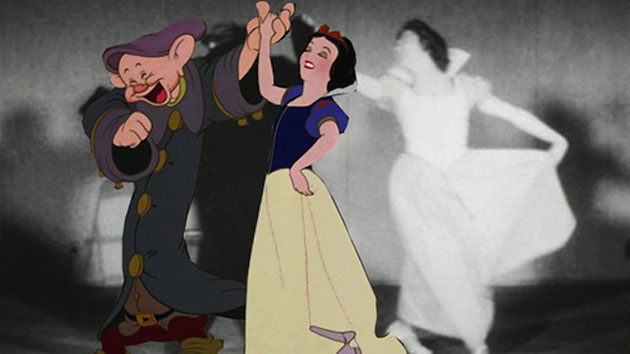
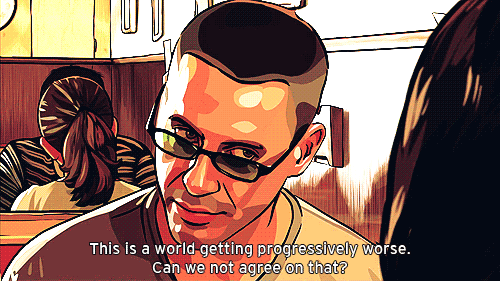
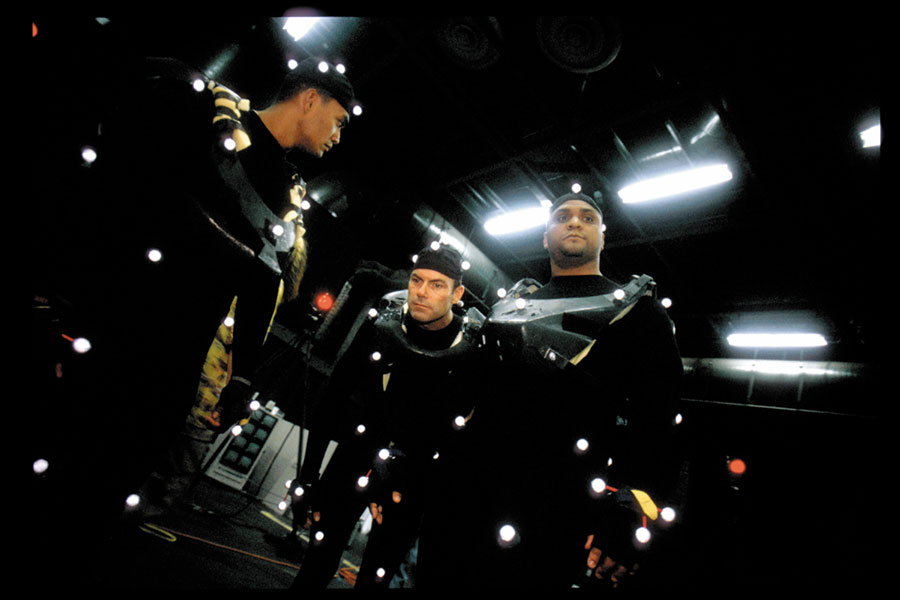
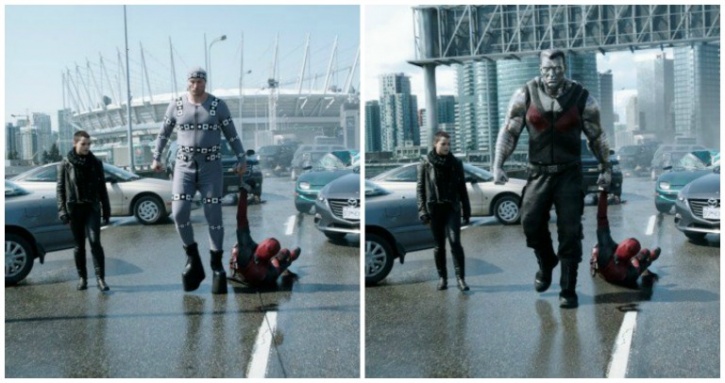


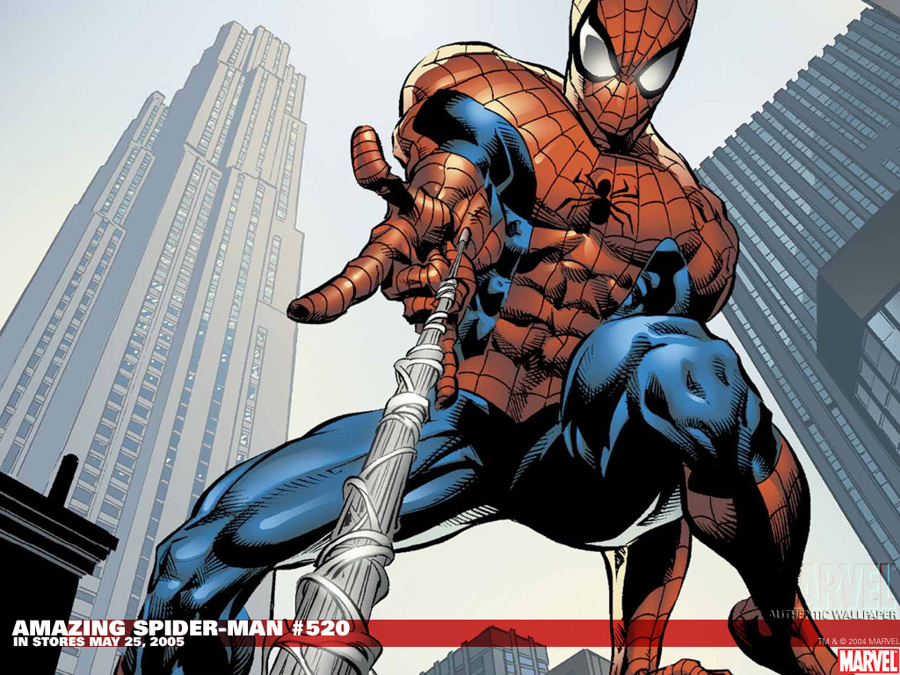
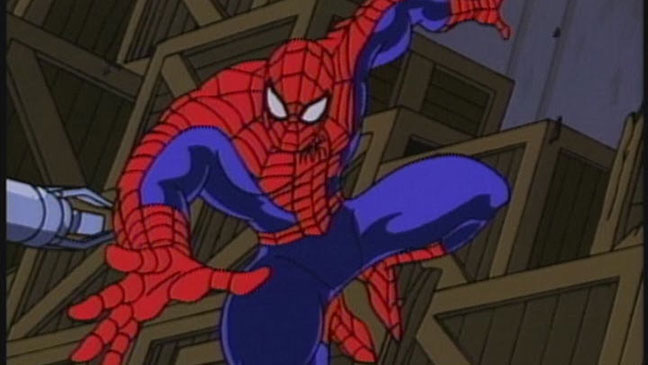
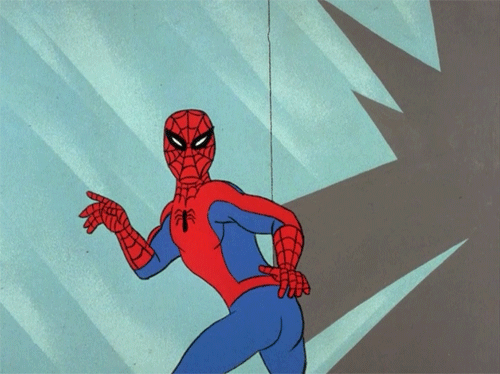


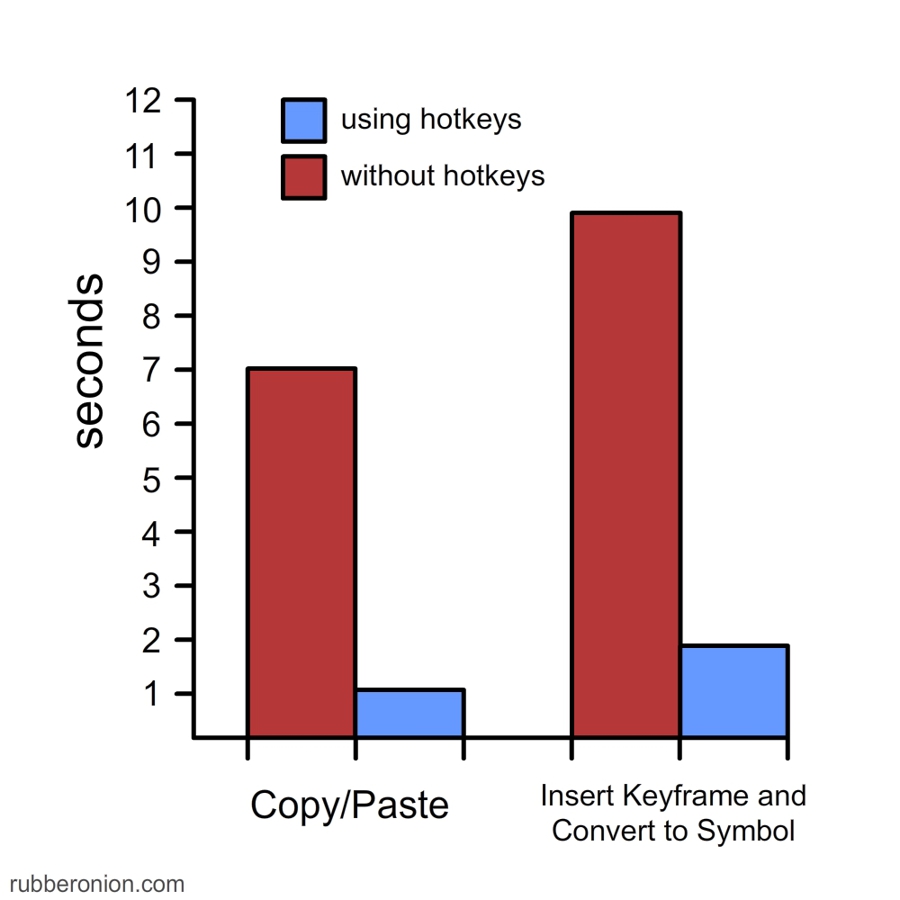
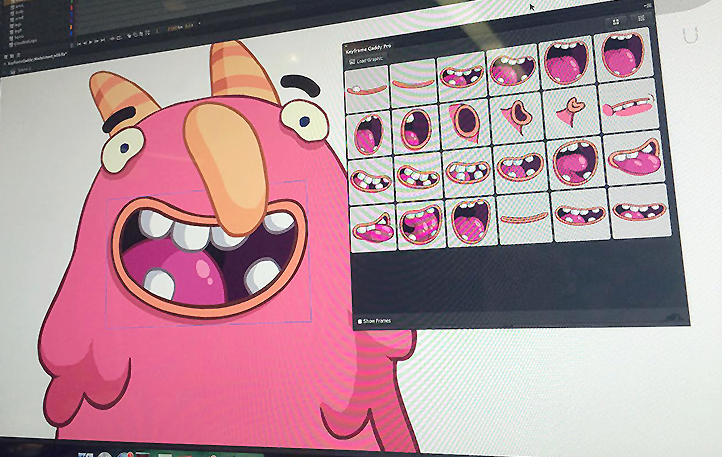
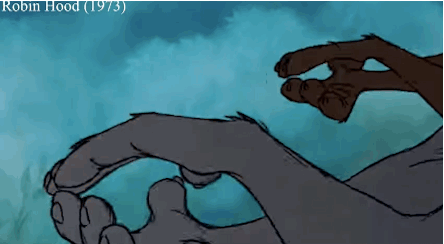
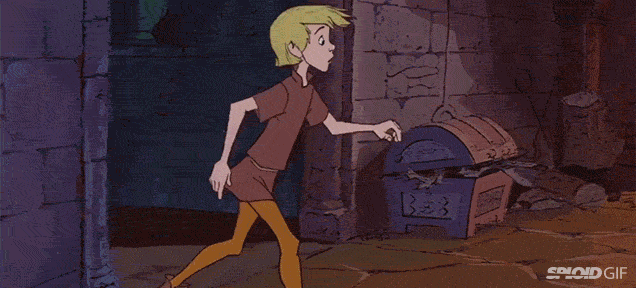
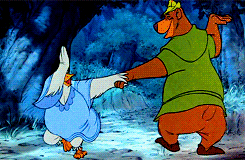

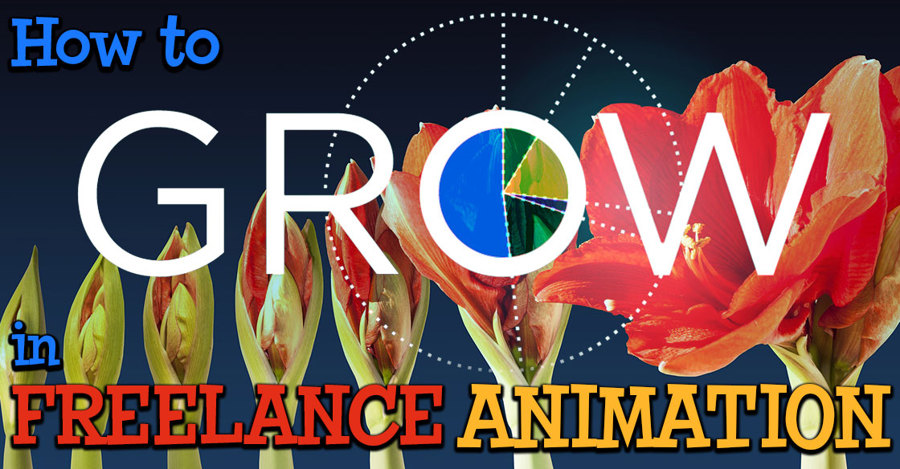
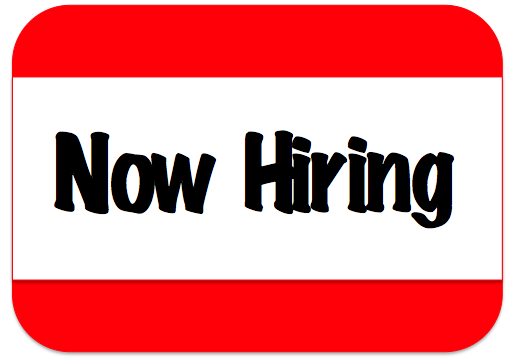 two types of people
two types of people
 hire
hire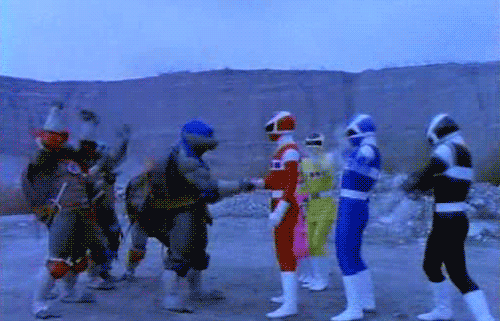
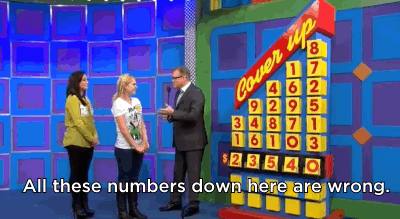
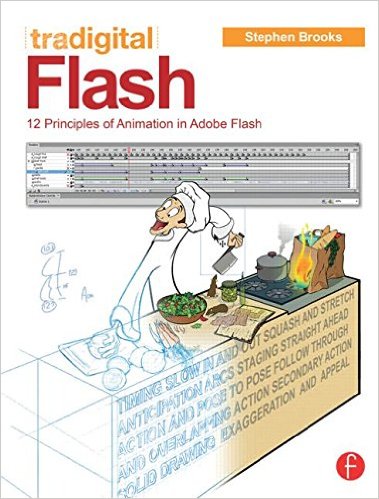

 One of the benefits of freelancing is that you're your own boss. One of the drawbacks of freelancing is that you're your own boss. The fact is that you have no office to walk into and ask for a raise or a holiday bonus. If you want a raise, you have to give a raise to your entire business. That is much easier said than done, though. There are basically three ways you can get more money coming in. You can:
One of the benefits of freelancing is that you're your own boss. One of the drawbacks of freelancing is that you're your own boss. The fact is that you have no office to walk into and ask for a raise or a holiday bonus. If you want a raise, you have to give a raise to your entire business. That is much easier said than done, though. There are basically three ways you can get more money coming in. You can: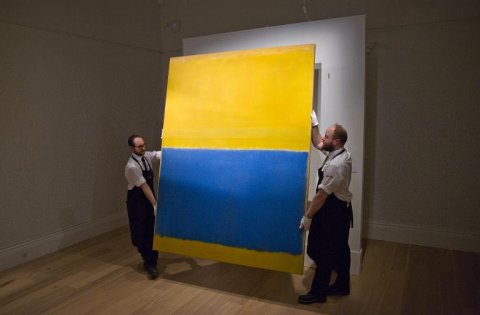
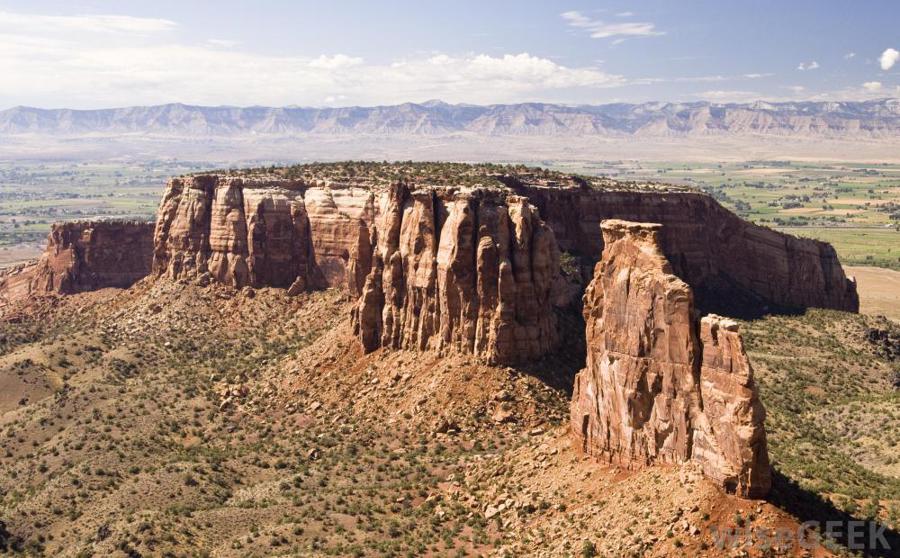
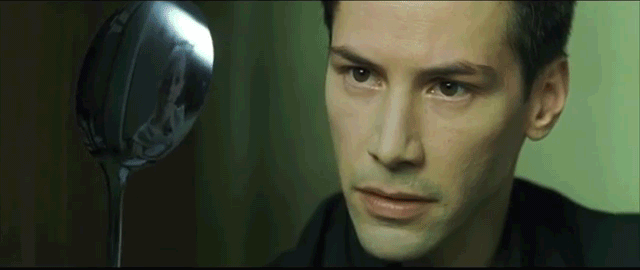
 So let's say that you're looking at the month of January and you have 3 jobs lined up: two of which will end in January and one will end in February. You can take your monthly goal, times it by 2 (because you're covering January and February) and then quote each of those jobs a rounded up portion of that total. Example:
So let's say that you're looking at the month of January and you have 3 jobs lined up: two of which will end in January and one will end in February. You can take your monthly goal, times it by 2 (because you're covering January and February) and then quote each of those jobs a rounded up portion of that total. Example: This might surprise people, but having an hourly or daily rate actually limits your earning ability. I think most people (especially new Freelancers and even some clients, usually
This might surprise people, but having an hourly or daily rate actually limits your earning ability. I think most people (especially new Freelancers and even some clients, usually 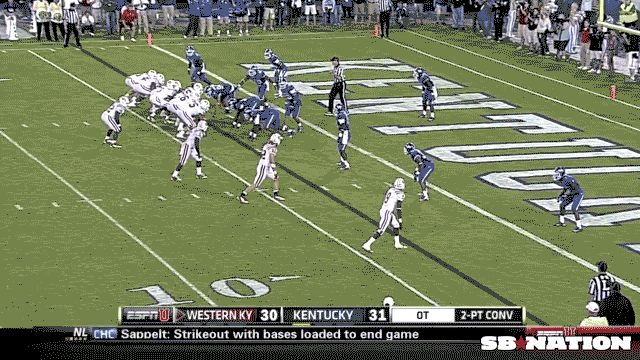 (for my international readers and people who care not for sports, both of those throws are a called lateral passes... it'll make sense in a bit) Sometimes the
(for my international readers and people who care not for sports, both of those throws are a called lateral passes... it'll make sense in a bit) Sometimes the 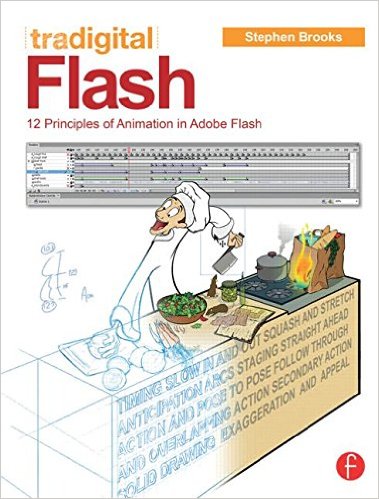
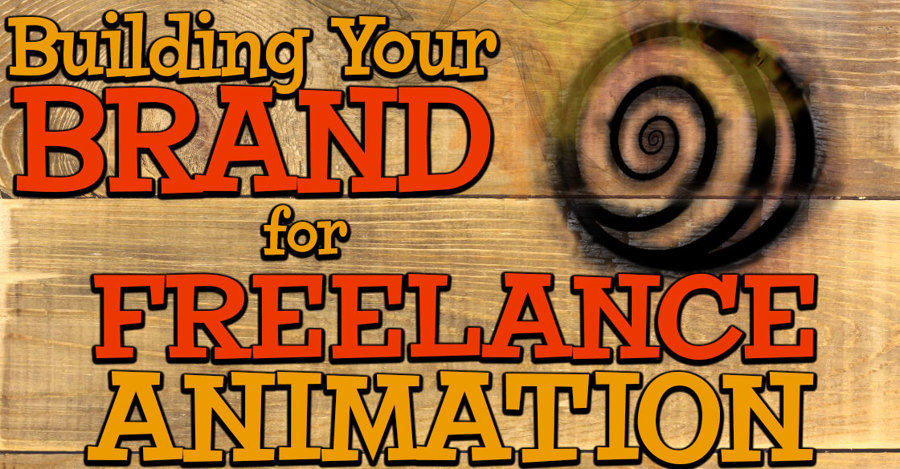
 Second, now that we have an idea about what you want the work behind your brand to be we need to address the brand itself. The questions are:
Second, now that we have an idea about what you want the work behind your brand to be we need to address the brand itself. The questions are: